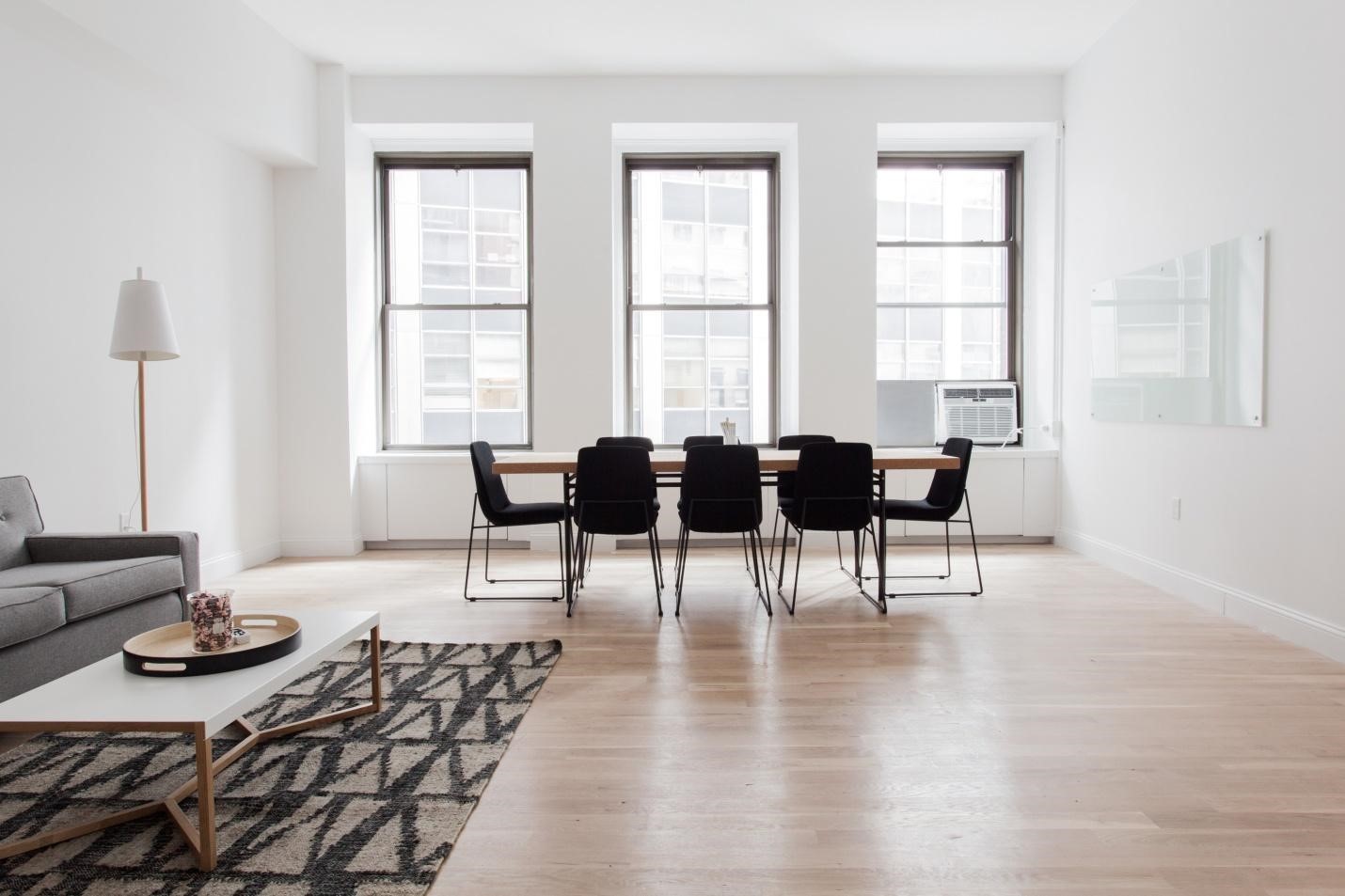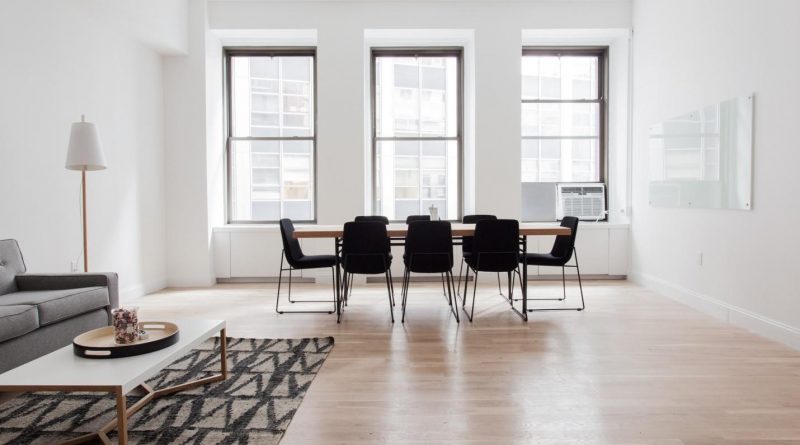Perfecting your room with laminate flooring
Selecting the décor and furnishings for your home is something that deserves careful consideration. You need your choices to be hard-wearing but also an attractive feature of your room.

When it comes to laminate flooring, there are lots of different choices, so how do you go about selecting the one that’s right for your needs?
Light and Dark
Choosing the right colour for your floor is probably the most important decision. Colour choice is something people often get wrong, so it pays to take your time. There are specific benefits to light- and dark-coloured floors.
If you have a dark room, perhaps with small windows or north-facing or with dark-coloured walls, adding a pale floor will make the whole room seem lighter and have the effect of making it look bigger. A pale floor also give a room a cooler atmosphere. Don’t be afraid of contrast: dark-coloured furniture can look great on a lighter floor.
Conversely, a dark shade on the floor gives the room a warmer, more intimate feel. It contrasts well with lighter walls and works with a range of different colours. Beware of adding too many dark colours, though, as they can give a room a gloomy appearance; the key is to strike the right balance.
One Direction
When laying Laminate Wood Flooring you have a choice of which direction you want the boards to run. This can make a big difference to the effect you achieve. To make sure you make the right choice you may want to consult with a specialist first for instance at https://irwintiles.ie/index.php/wooden-flooring.html. Laying the boards with the joins on the longest side will make the room appear larger and give it a sense of added depth. You can emphasise this effect further by laying the boards in the direction that light comes into the room, but take into account different times of day. The width of the planks is something to take into account too. Choosing wider planks can give a room a more spacious feel.
If you want to draw a bit more attention to the floor, you can consider creating a pattern. This can be done by combining wide and narrow planks or by laying them diagonally. In areas like kitchens you could also consider combining materials – for example, by having a tile-effect finish in work areas and wood in dining areas and elsewhere.


